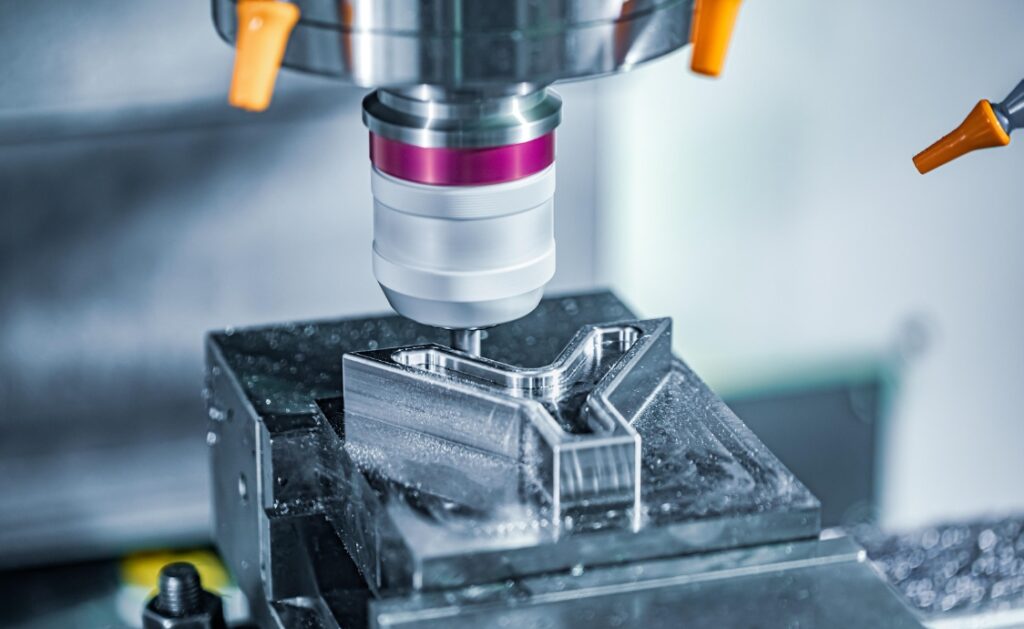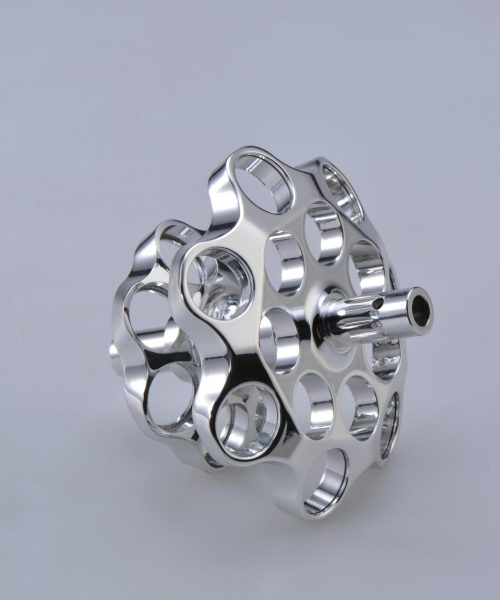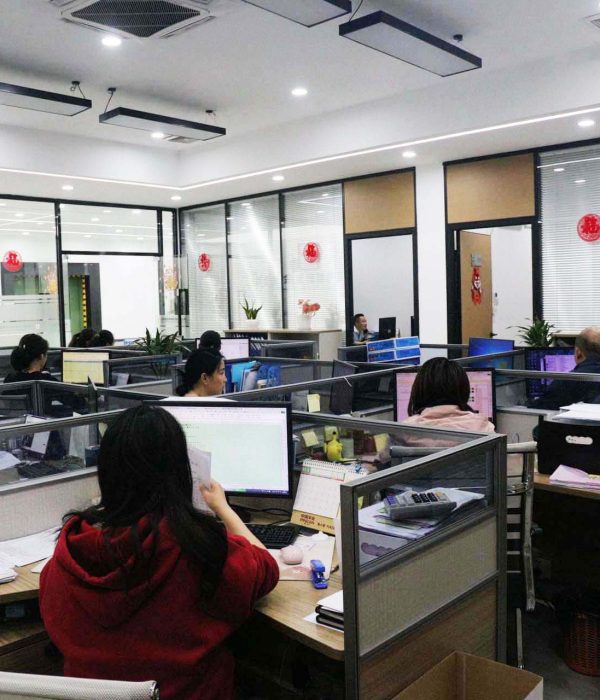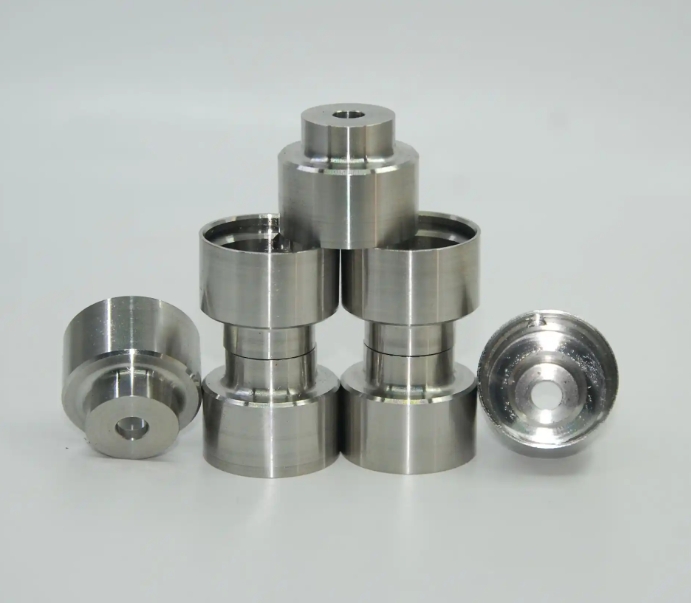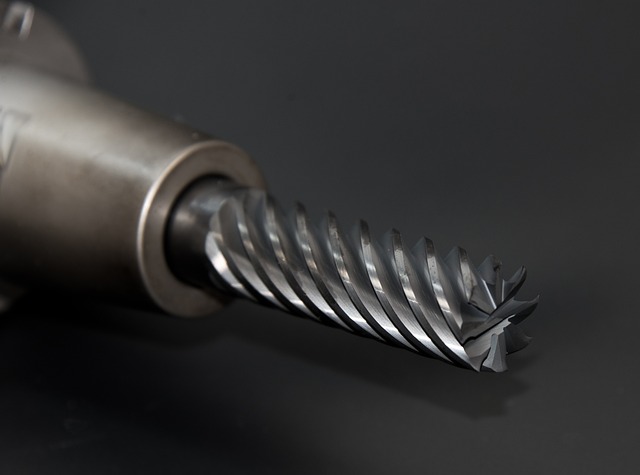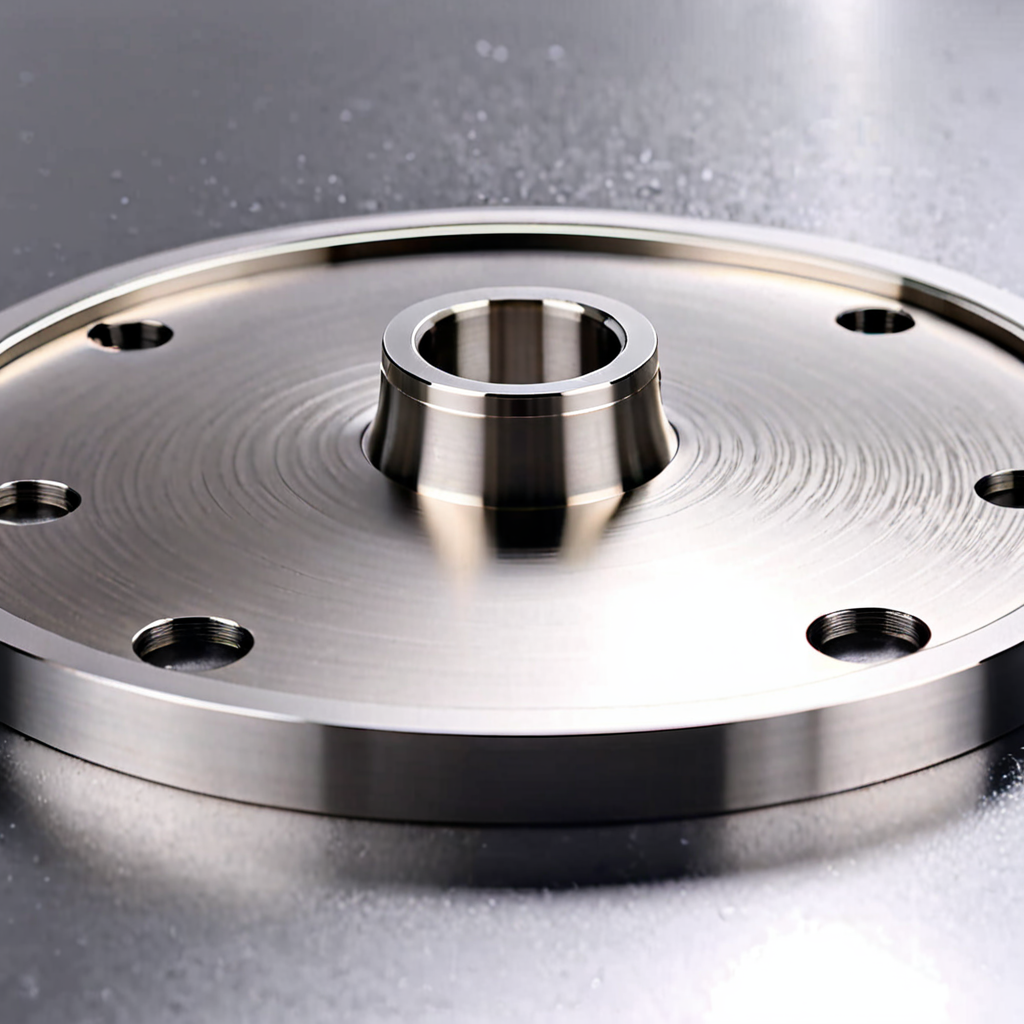Giriş
In the fast-paced world of product development, speed, flexibility, and the ability to respond to changing requirements are critical for success. Agile development methodologies, which emphasize iterative progress, customer feedback, and adaptability, have become increasingly popular across industries. Rapid prototyping services align perfectly with these principles, providing teams with the tools they need to quickly create, test, and refine prototypes. This article explores the role of rapid prototyping in agile development, its benefits, challenges, and how it enhances collaboration and innovation.
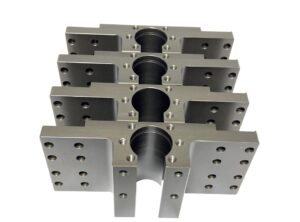

Understanding Agile Development
Agile development is a methodology that breaks down projects into smaller, manageable iterations, known as sprints. Each sprint typically lasts between one to four weeks and focuses on completing specific tasks or features. The goal is to deliver a functional product incrementally, allowing teams to gather feedback and make adjustments as needed. Agile development is particularly well-suited for environments where requirements are expected to change or evolve, as it allows for continuous refinement and improvement.
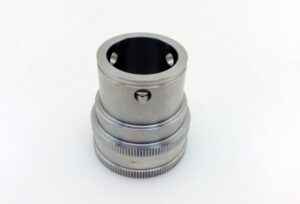

The Role of Rapid Prototyping in Agile Development
Rapid prototyping services are a natural fit for agile development. They enable teams to quickly create physical models of their designs, test them in real-world conditions, and gather feedback from stakeholders. This iterative process is at the heart of agile development, as it allows teams to refine their designs based on actual user experiences and needs.
Facilitating Early Validation
One of the key principles of agile development is early and continuous validation of ideas. Rapid prototyping allows teams to quickly move from concept to physical prototype, enabling them to test the functionality, usability, and design of a product early in the development process. This early validation helps identify potential issues before they become costly problems, reducing the risk of project failure.
Enabling Iterative Refinement
Agile development emphasizes the importance of iterative progress and continuous improvement. Rapid prototyping supports this by allowing teams to quickly create and test multiple versions of a product. Each iteration provides valuable insights that can be used to refine the design, improving the final product’s quality and performance. This iterative approach ensures that the product evolves in response to user feedback and changing requirements.
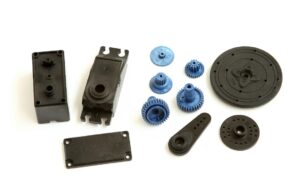

Supporting Cross-Functional Collaboration
Agile development relies on collaboration between cross-functional teams, including designers, engineers, developers, and stakeholders. Rapid prototyping serves as a powerful communication tool, providing a tangible representation of the product that everyone can interact with. This physical model helps bridge the gap between different disciplines, facilitating better understanding, alignment, and collaboration.
Accelerating Time-to-Market
In today’s competitive market, speed is critical. Rapid prototyping allows agile teams to quickly iterate on their designs, reducing the time it takes to bring a product to market. By enabling rapid experimentation and testing, prototyping services help teams identify the best design solutions faster, leading to quicker product launches and a competitive edge.
Key Techniques in Rapid Prototyping for Agile Development
3D Baskı
3D printing is one of the most commonly used techniques in rapid prototyping, particularly in agile development. It allows teams to quickly create physical models from digital designs, enabling them to test form, fit, and function early in the development process. The ability to produce complex geometries and intricate details makes 3D printing ideal for creating prototypes that closely resemble the final product.
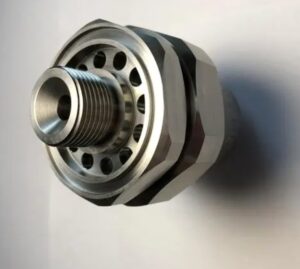

CNC İşleme
CNC machining is another valuable technique in rapid prototyping, offering high precision and the ability to work with a wide range of materials. In agile development, CNC machining is often used to create functional prototypes that need to meet specific mechanical properties or tolerances. The speed and accuracy of CNC machining make it an excellent choice for producing high-quality prototypes in short timeframes.
Laser Cutting and Engraving
Laser cutting and engraving are versatile techniques used in rapid prototyping to create detailed designs and patterns on various materials. These methods are particularly useful in agile development for creating custom parts, enclosures, and packaging prototypes. The precision of laser cutting allows for the production of intricate details, while laser engraving adds aesthetic and functional features to prototypes.
Vacuum Casting
Vacuum casting is used in rapid prototyping to produce small batches of high-quality prototypes that closely mimic the properties of the final product. This technique is particularly valuable in agile development when teams need to test the look and feel of a product in real-world conditions. Vacuum casting can replicate various materials, including flexible, transparent, and rubber-like substances, providing a realistic prototype for testing and feedback.
Benefits of Rapid Prototyping in Agile Development
Improved Flexibility and Adaptability
Agile development requires teams to be flexible and responsive to change. Rapid prototyping supports this by enabling quick adjustments to designs based on user feedback or new requirements. This adaptability is crucial in dynamic environments where customer needs and market conditions can change rapidly.
Enhanced User Involvement
Involving users in the development process is a key principle of agile development. Rapid prototyping allows teams to present tangible models to users, gathering their input and feedback at each stage of development. This user involvement ensures that the final product aligns with user expectations and delivers a better overall experience.
Reduced Risk and Costs
By identifying and addressing design issues early in the development process, rapid prototyping helps reduce the risk of costly revisions later on. The ability to test and validate ideas quickly means that potential problems can be caught and resolved before they escalate, leading to significant cost savings.
Increased Innovation
Agile development encourages experimentation and exploration of new ideas. Rapid prototyping supports this innovation by allowing teams to quickly test and iterate on creative solutions. The ability to prototype and validate multiple concepts in parallel fosters a culture of innovation, leading to more innovative and successful products.
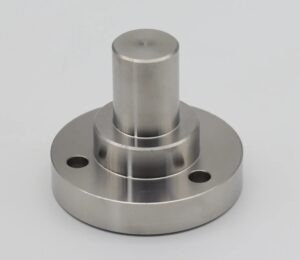

Challenges of Integrating Rapid Prototyping in Agile Development
Balancing Speed and Quality
While the goal of rapid prototyping is to accelerate the development process, it’s essential to balance speed with quality. Rushing through prototyping can lead to overlooking critical design flaws, resulting in a product that doesn’t meet user needs or expectations. Teams must find the right balance between speed and thoroughness to ensure that prototypes are both quick and high-quality.
Resource Constraints
Rapid prototyping requires access to specialized equipment, materials, and expertise. For smaller teams or companies with limited resources, this can be a challenge. Outsourcing rapid prototyping services to specialized providers can help overcome this obstacle, ensuring that teams have access to the tools they need without significant upfront investment.
Managing Iterative Feedback
Agile development emphasizes iterative feedback and continuous improvement. However, managing this feedback effectively can be challenging, particularly when dealing with multiple stakeholders. Clear communication, well-defined processes, and effective project management are essential to ensure that feedback is incorporated efficiently and that the project stays on track.
Case Studies: Rapid Prototyping in Agile Development
Tüketici Elektroniği
A leading consumer electronics company used rapid prototyping to develop a new wearable fitness device. By employing 3D printing and CNC machining, the team quickly iterated on various design concepts, testing them with users and gathering feedback at each stage. This iterative process allowed the company to refine the design, improve user comfort, and enhance functionality, ultimately leading to a successful product launch.
Otomotiv Endüstrisi
An automotive manufacturer used rapid prototyping in an agile development framework to redesign a vehicle’s interior components. By creating physical prototypes of the dashboard, center console, and seating arrangements, the team was able to test ergonomics, material choices, and user interface elements. The feedback gathered from users and stakeholders during this process led to significant improvements in the final design, enhancing the vehicle’s overall user experience.
Healthcare and Medical Devices
A medical device company leveraged rapid prototyping to develop a new surgical instrument. Using 3D printing and vacuum casting, the team quickly created and tested multiple prototypes, refining the instrument’s design based on feedback from surgeons and medical professionals. This iterative approach ensured that the final product was both functional and easy to use, meeting the strict regulatory requirements for medical devices.
The Future of Rapid Prototyping in Agile Development
As rapid prototyping technologies continue to evolve, their role in agile development will become even more integral. The integration of AI and machine learning into prototyping processes will allow for more intelligent design iterations, optimizing prototypes based on real-time data and predictive analytics. Additionally, advancements in multi-material 3D printing and digital twin simulations will enable teams to create more complex and functional prototypes, further enhancing the agile development process.
The future of rapid prototyping in agile development also includes greater collaboration between physical and digital prototyping. Digital twins, virtual reality (VR), and augmented reality (AR) will complement physical prototypes, providing a holistic view of the product’s design and performance. This integration will enable teams to iterate even faster, reducing the time and cost associated with physical prototyping.
Sonuç
Rapid prototyping services have become an essential component of agile development, enabling teams to quickly create, test, and refine prototypes in response to user feedback and changing requirements. By facilitating early validation, supporting iterative refinement, and enhancing collaboration, rapid prototyping helps companies bring better products to market faster and with greater confidence. As technologies continue to advance, the synergy between rapid prototyping and agile development will only grow stronger, driving innovation and ensuring that products meet the evolving needs of users and markets.

